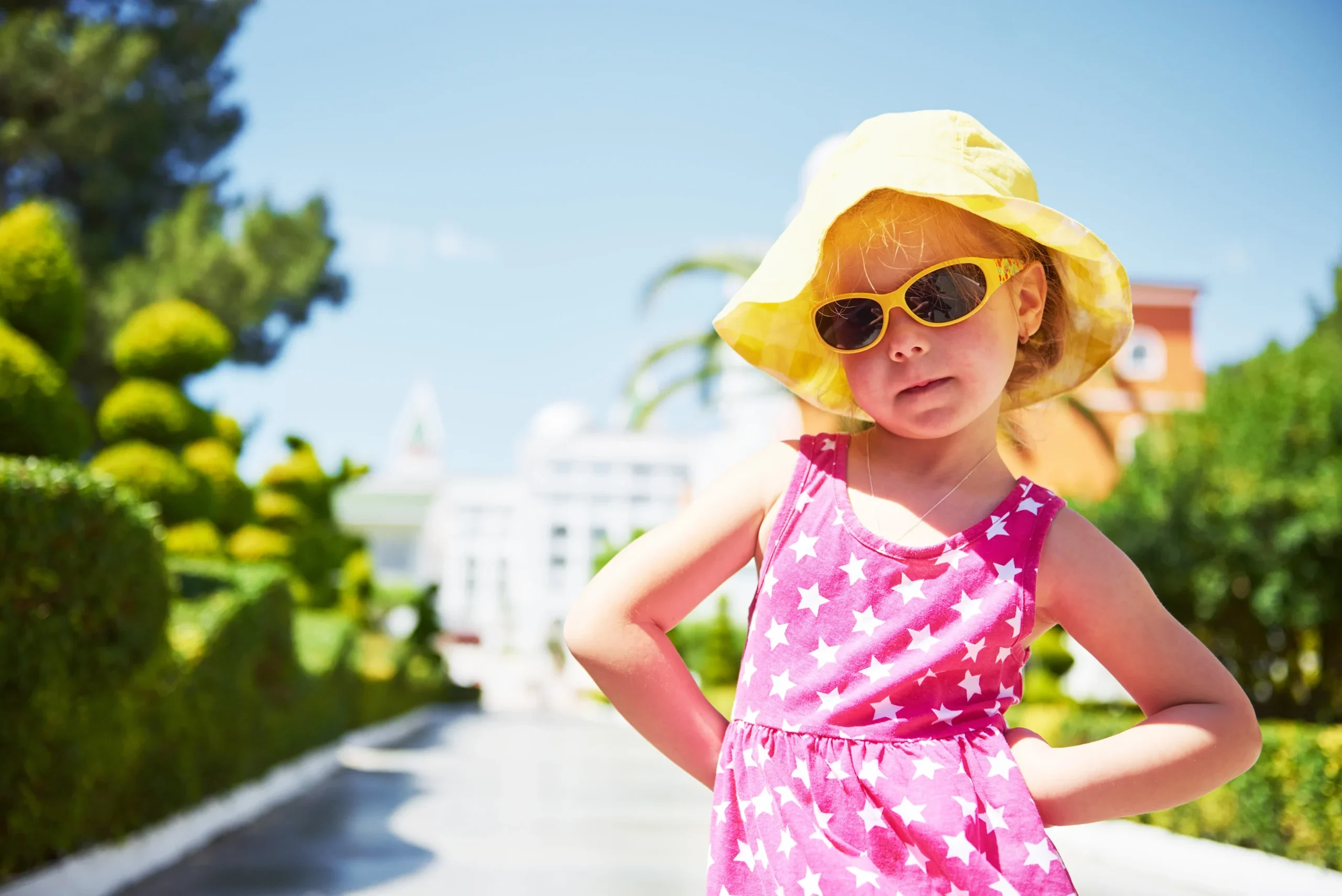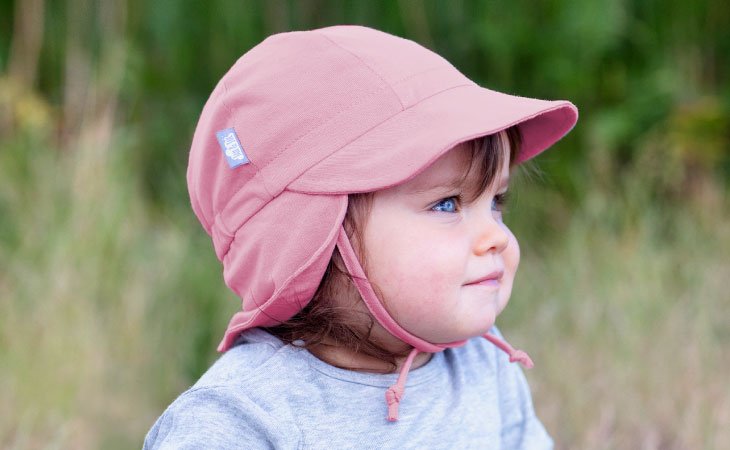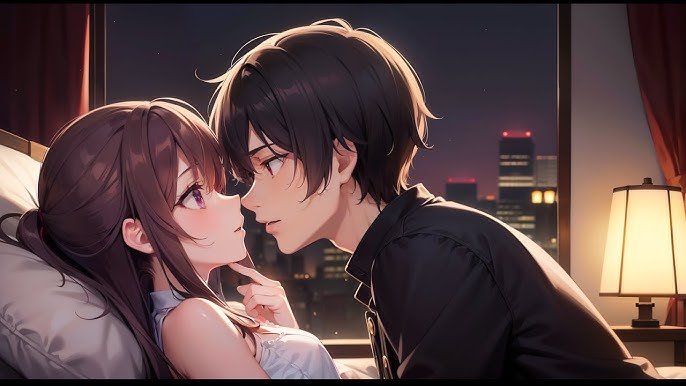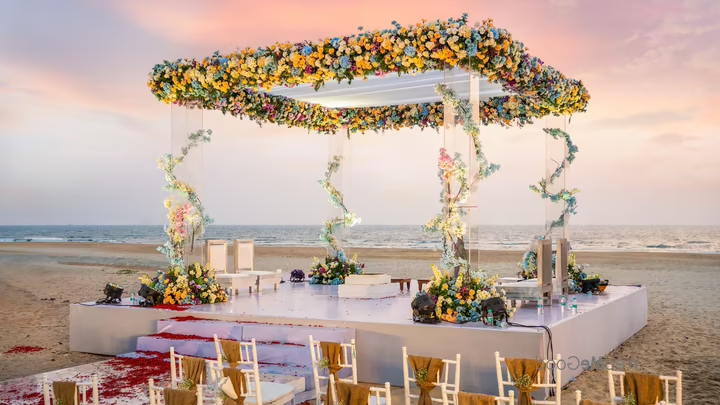In today’s world, wedding décor isn’t just about embellishments—it’s an art of emotional expression. Each flower, candle, fabric, and light fixture plays a role in shaping an atmosphere that mirrors a couple’s personality, journey, and dreams. Gone are the one-size-fits-all decorations; modern wedding styling is bespoke, bold, and beautifully sentimental.
The Personal Touch: Customizing Every Detail

Every couple is unique, and so should be the environment in which they say “I do.” From monogrammed signage to tailored color palettes, customization has become the heartbeat of modern wedding décor. Personalized wedding arches with initials, aisle runners printed with favorite quotes, and customized seating charts reflecting shared memories bring authenticity and emotion into the venue. These intentional touches aren’t just decorative—they create a meaningful connection between the event and the people it celebrates.
Color Palettes That Speak Emotion

Today’s wedding colors aren’t chosen at random—they reflect moods, seasons, and sentiments. Soft neutrals like sand and cream evoke calm elegance, while bolder tones like emerald, plum, or burnt orange add drama and warmth. Many couples are even using color psychology to evoke specific feelings. Blush pinks radiate love, deep navy suggests stability, and sage green symbolizes growth and new beginnings. Coordinating florals, linens, lighting, and accessories around a well-curated palette ensures the entire scene feels harmonious and intentional.
Layered Textures Create Visual Depth

Wedding décor goes beyond the visual—it’s about feel and flow. By layering textures like lace, velvet, raw silk, or chiffon, decorators create a multi-dimensional atmosphere that’s as rich to the eyes as it is to the touch. Think velvet runners on rustic tables, sheer drapes flowing across a wooden altar, or woven fabrics hanging behind a dessert table. Each texture tells its own story, enhancing the overall sensory experience of the celebration.
The Power of Statement Pieces

Rather than cluttering every inch of the venue, modern weddings often rely on bold focal points that instantly capture attention. A massive floral chandelier, a greenery-covered photo wall, or a mirrored aisle lined with candles can transform a space. These statement pieces serve as anchors—setting the theme, drawing eyes, and often becoming the most-photographed spots of the event. They offer guests moments of awe and give the venue a unique signature element.
Sustainable Elegance: Eco-Friendly Wedding Décor

More couples are leaning into sustainability, not just as a trend but as a commitment. Eco-conscious wedding décor includes potted plants instead of cut flowers, biodegradable confetti, rented or repurposed furniture, and even décor made from recycled materials. It’s a gentle reminder that love can be celebrated without leaving a heavy footprint. Venues that use solar lighting, locally sourced florals, or reusable tableware support this conscious movement while maintaining aesthetic charm.
Lighting That Sets the Scene

Lighting doesn’t just illuminate a space—it shapes the emotional tone of a wedding. Warm lights create intimacy, while cool tones bring sophistication. Candlelight remains timeless, offering romance and softness. Fairy lights in trees, Edison bulbs overhead, or lanterns lining pathways give the venue a magical glow. Lighting also allows for dynamic transformations throughout the day—soft sunlight during the ceremony, golden-hour glow for photos, and dimmed, dreamy lights for dancing.
Florals Beyond the Bouquet

While bouquets and centerpieces are classics, modern floral design breaks the mold. Think floral installations climbing walls, floating above tables, or spilling from staircases. Unconventional flowers like protea, anthurium, or dried pampas grass are being used to add personality and flair. These designs go beyond beauty—they’re narrative tools, reflecting the wildness of love, the softness of companionship, or the bloom of a new beginning.
Mixing Vintage and Modern Accents

There’s beauty in contrast. Pairing antique elements with modern styling creates an unforgettable aesthetic. Imagine a sleek acrylic seating chart paired with a vintage velvet lounge area, or old-world candelabras on minimalist tables. Mixing eras creates visual intrigue and allows couples to honor their heritage while celebrating their future. It also opens the door for creative thrift finds and heirloom pieces to be seamlessly integrated into the design.
Creating Immersive Experiences for Guests

Decor is no longer just a backdrop; it’s part of the experience. Cozy lounge corners, interactive stations (like “write a wish” walls), and immersive ceremony setups (circular seating or mirrored floors) make guests feel part of the event’s story. Thoughtful décor tells them they’re not just attending—they’re included in the memory-making. The goal is to transform the celebration into a shared emotional journey, where visuals and experiences intertwine.
Final Thoughts
Wedding décor in today’s era is deeply personal, consciously curated, and emotionally charged. It’s not just about what looks good—it’s about what feels right. From soft fabrics to statement lighting, each element plays its role in telling a story that’s entirely your own. And in the end, when all the pieces come together, they don’t just decorate a space—they amplify the love that fills it.

































